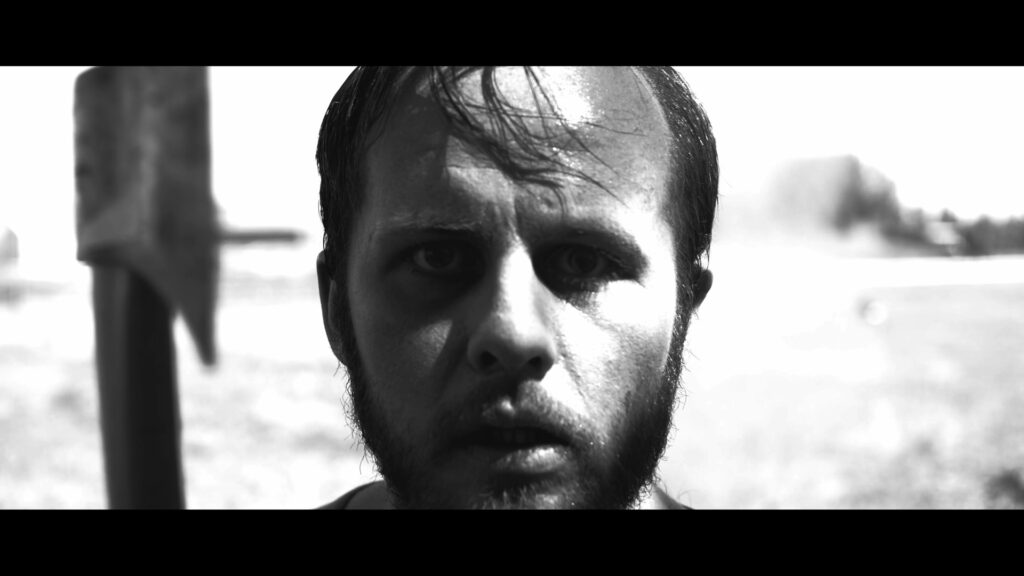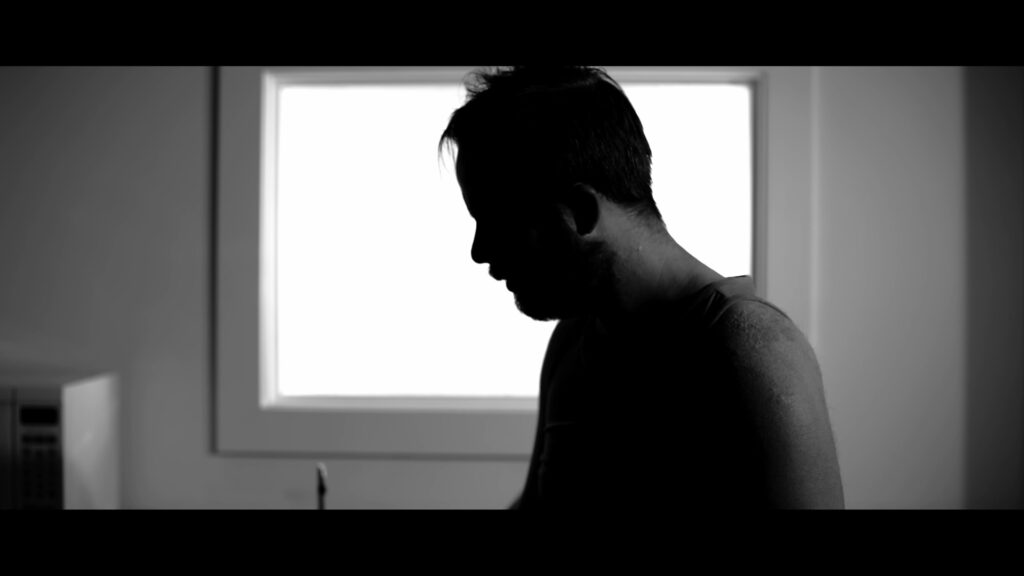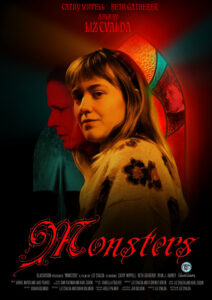
Hrachya Tokmajyan
Hrachya Tokmajyan is an Armenian born Canadian filmmaker residing in Calgary, Alberta. We had the chance of Interviewing him for the November Edition 2020.
Hello Hrachya and thank you for granting us this interview
[MIS] While growing up what film do you consider to be your source of inspiration?
[Hrachya] I’m a huge fan of extreme hyper realistic style, “Sin City” was and still is such an inspirational piece of art for me, its visual color isolation made you focus exactly on what Robert Rodriguez wanted you to focus on. Tarkovsky’s “Mirror” also stood more of a personal inspiration with his use of long takes that set a personal atmosphere with characters just living their lives, allowing the audience to understand and empathize while letting the beauty of his frames breathe. I grew up on classical tales and myths, and I absolutely love these allegorical and mythical epics and tragedies as they act as the pillars and roots of modern day storytelling, and paying homage to them is an act of respecting the foundations they laid for us.
[MIS] His Shadow deals with a young man who is haunted by the shadows of his past, why did you specifically decide to tell this story?
[Hrachya] I chose to tell this tale because of the subject of denial, moreover the consequences of it that are outlined through Jungian psychology. Everyone has a shadow side to them, painful memories they repress deep into their subconscious, and these repressed memories always end up being projected outward in one way or another, which gave me a lot of liberties on how I could portray this human phenomenon.
[MIS] What were the most challenging scenes to direct during the production of “His Shadow”? knowing that the movie was produced during the COVID19 Pandemic.
[Hrachya] Our crew had to double up on a lot of roles to compensate for the production needing to be under 15 people on set as per Covid-19 Alberta safe set protocol. At first it was odd but as the days went on we got used to it and everyone learned they had to pull twice their weight, regardless of set hierarchy. We set up a runway for an exterior tracking shot at night, it was about 2am on the last day of shooting and the generators for the lights were just not working due to some technical difficulties, we were on a field in the middle of the night with car lights lighting up our work area and runway waiting for our tech guy to fix the issue, and every now and again we would hear the moo’s of the cows and footsteps of horses from the pitch black farm field we were on. It was terrifying but also hilarious!



[MIS] Why did you choose black and white as a color palette?
[Hrachya] My film relies on the extreme subjective point of view, seeing only what our main character sees, so the visuals have to reinforce and evolve this style of narrative. The storyworld takes place in the mind of the main character and within the realm of the allegorical. His world is dead and rotting, sleep deprivation and withdrawal are settling inside his mind as he endlessly wanders into the depths of his subconscious. The high contrast noir color palette suited this because the atmosphere is itself an extension of the main character’s psyche, constantly warring between two extremes: self acceptance and self destruction (light and dark).
[MIS] Besides Black and White, red color was the only color present in the movie; what can you tell us about that choice?
[Hrachya] I wanted to strike the audience and highlight red as something deeper than the main characters’ psyche, and not entirely bound to the logical rules of the storyworld, something even more fantastic that carries within it something truly horrifying to the main character. The red color isolation seeks to overtly outline the main character’s guilty sin, his shadow, something he can never escape, bury, or throw away until he accepts it as part of himself.
[MIS] How was the experience of working with James McCarthy to create such astonishing visuals?
[Hrachya] James and I met in film school at SAIT, I think we both know what type of stories we like to tell because we’re both extremely passionate storytellers who share our ideas and style of story very openly. It didn’t take too long for him to understand the visual style of my story and after the first day of blocking I think it was, we both shared a very similar idea on the visuals for the film. James and I work very well together and I think it stems from our trust in each other as storytellers, after we wrapped on some scenes in an exterior location we would, just the two of us, go and take shots of wilderness and statues that we thought would add to the atmosphere, I was inspired to do this from Tarkovsky’s infamous shots of nature in motion.



[MIS] What about the casting process?
[Hrachya] We had a lot of good candidates for the lead, I wanted someone who could portray a story through facial expression alone, and that was no easy task to find an actor that is capable of doing that, luckily MacKenzie McDonald had everything I wanted in an actor, his emotional range and dedication to character study definity payed off in the end. Our principal cast was picked from a sea of auditions, and the talent and versatility all three brought forth elevated the production to a higher level.
[MIS] Tell us about a story on set, during the shooting.
[Hrachya] We had to set up cooldown stations in the exterior scenes location, it was in the middle of August and the hottest recorded day in Airdrie that year i believe. So the perfect day to have a shoot! The fog machines were used so often we named them, Randel and Penelope, Randel unfortunately did not make it to the end of principal photography 🙁



[MIS] What do you feel is missing in the Independent Filmmaking industry today?
[Hrachya] My film was self produced by myself and my co producer and owner of SkyFoxx Productions, JD O’Neil. I love it when I watch a film that is completely unique and respects itself and it’s voice. I love indie films and I wish there would be more incentive to make them worldwide, everyone is so different and seeing their voices on screen motivates me to broadcast my own.
[MIS] What is the advice you’d like to share with new Horror filmmakers?
[Hrachya] As this is my first short I think that I would want to inspire those who want to make horror films to dig very deep so they can unravel what truly terrifies them personally and try to bring it to screen in a unique way.
[MIS] Any final thought at the end of this interview?
[Hrachya] I want to thank my cast and crew and all those who helped on our film. With what seemed like everything going against us we still created a film completely unique to our vision. I also want to thank Monthly Indie Shorts for selecting our film as part of their November edition!







